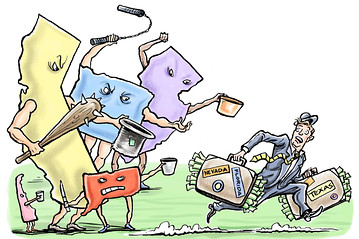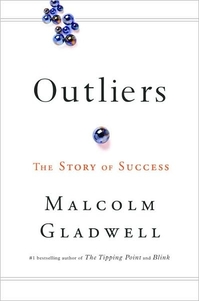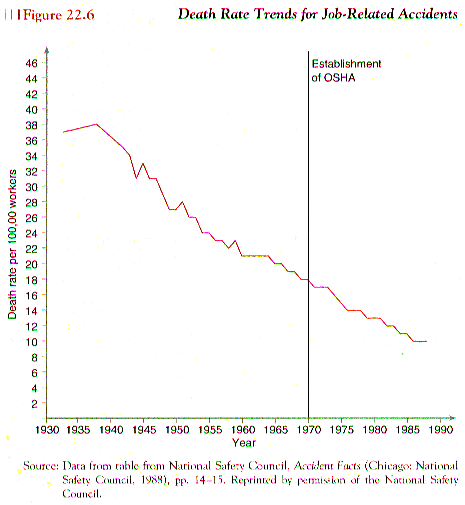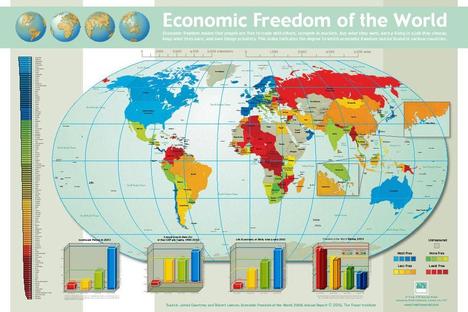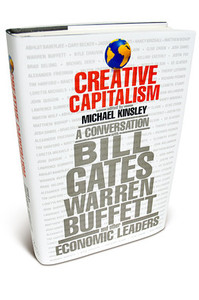(p. 141) “To me the greatest wonder in this was not the mere
quantity of garments–although that was a miracle in
itself–” Borgenicht would write years later, after he
became a prosperous manufacturer of women’s and children’s
clothing, “but the fact that in America even poor
people could save all the dreary, time-consuming labor of
making their own clothes simply by going into a store and
walking out with what they needed. There was a field to
go into, a field to thrill to.”Borgenicht took out a small notebook. Everywhere he
went, he wrote down what people were wearing and what
was for sale–mens wear, women’s wear, children’s wear. He
wanted to find a “novel” item, something that people would
wear that was not being sold in the stores. For four more
days he walked the streets. On the evening of the final day
as he walked toward home, he saw a half dozen girls playing
hopscotch. One of the girls was wearing a tiny embroidered
apron over her dress, cut low in the front with a tie in the
back, and it struck him, suddenly, that in his previous days
of relentlessly inventorying the clothing shops of the Lower
East Side, he had never seen one of those aprons for sale.
He came home and told Regina. She had an ancient
sewing machine that they had bought upon their arrival in
America. The next morning, he went to a dry-goods store
on Hester Street and bought a hundred yards of gingham
and fifty yards of white crossbar. He came back to their
tiny apartment and laid the goods out on the dining room
table. Regina began to cut the gingham–small sizes for
toddlers, larger for small children–until she had forty (p. 142)
aprons. She began to sew. At midnight, she went to bed
and Louis took up where she had left off. At dawn, she rose
and began cutting buttonholes and adding buttons. By ten
in the morning, the aprons were finished. Louis gathered
them up over his arm and ventured out onto Hester Street.
“Children’s aprons! Little girls’ aprons! Colored ones,
ten cents. White ones, fifteen cents! Little girls’ aprons!”
By one o’clock, all forty were gone.
“Ma, we’ve got our business,” he shouted out to Regina,
after running all the way home from Hester Street.
He grabbed her by the waist and began swinging her
around and around.
“You’ve got to help me,” he cried out. “We’ll work
together! Ma, this is our business.”
Source:
Gladwell, Malcolm. Outliers: The Story of Success. New York, NY: Little, Brown, and Co., 2008.
(Note: italics in original.)

